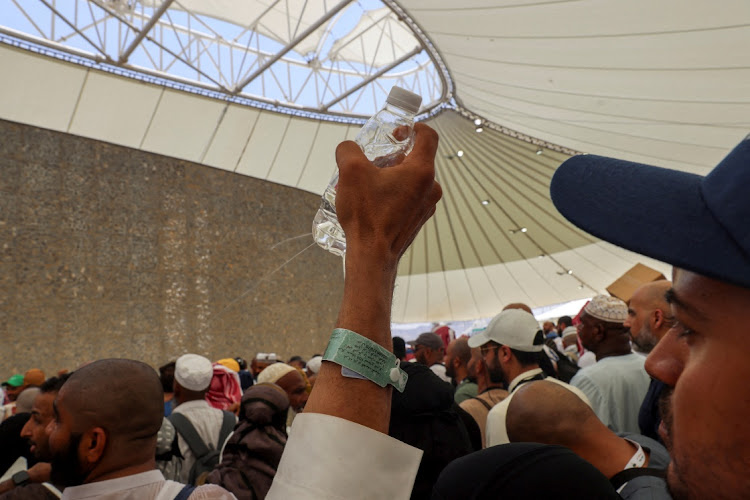On June 7, 2025, over 1.6 million Muslim pilgrims gathered in Mina, Saudi Arabia, to perform the symbolic ‘Stoning of the Devil’ ritual, marking one of the final rites of the annual Hajj pilgrimage. Despite temperatures soaring to 46°C (114°F), the faithful carried out the ritual with devotion and resilience.
The stoning ritual, known as Ramy al-Jamarat, involves pilgrims throwing seven pebbles at each of three concrete pillars, symbolizing the rejection of evil and commemorating Prophet Ibrahim’s defiance of Satan. This act reflects themes of submission to God, spiritual purification, and the renunciation of sin.
Following the stoning, male pilgrims traditionally shave their heads, while female pilgrims cut a small portion of their hair, signifying a spiritual renewal. Many also perform the ritual animal sacrifice, known as Qurbani, commemorating Prophet Ibrahim’s willingness to sacrifice his son in obedience to God’s command.
Despite the extreme heat, Saudi authorities have implemented measures to ensure the safety and comfort of pilgrims, including the provision of water and guidance throughout the rituals.
As the Hajj pilgrimage concludes, pilgrims will return to Mecca to perform the final Tawaf, circling the Kaaba seven times, completing their spiritual journey. This year’s Hajj, taking place from June 4 to June 8, has been marked by both devotion and the challenges posed by the intense summer heat.



